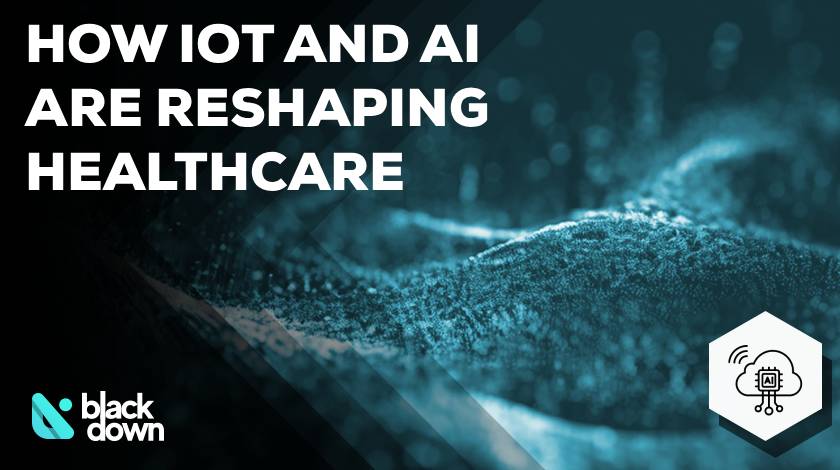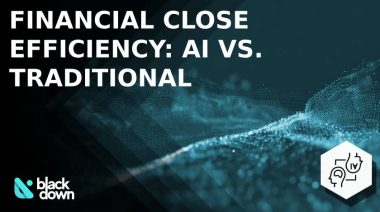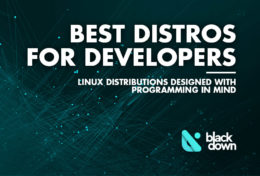Not long ago, healthcare meant occasional checkups and a folder of paper records. Now, a watch on your wrist can tell your doctor more than a visit ever could. Patches track heart rhythm, scales upload weight trends, and hospital beds alert nurses when a patient tries to get up. What ties all of this together is IoT, and lately, artificial intelligence.
The rise of high tech medicine development shows why this shift feels different. Devices don’t just measure anymore. They also interpret. AI makes sense of endless data points, picks the important ones, and predicts what may happen next. That’s exciting but creates new problems: security gaps, privacy headaches, and questions about who controls your health information.
When AI Turns Numbers Into Warnings
IoT without AI is a flood of raw data. For example, a heart monitor could send thousands of readings, most of them meaningless. With AI, the device notices irregular beats and only raises the flag when needed. Same with glucose monitors or blood pressure cuffs. Instead of overwhelming doctors, they highlight what actually matters.
For patients, this often means earlier help. A small change spotted by an algorithm on Monday could prevent an ER visit by Friday. That speed is something traditional checkups can’t match.
Personalized Care
Every patient is different, yet medicine often treats us as averages. IoT and AI change that balance. Imagine a device learning that your blood pressure climbs only on workdays, while it reacts to the lack of sleep for others. That kind of pattern lets doctors design treatment that actually fits our lives and makes MedTech development essential.
It’s not only about drugs or numbers. AI can also track how recovery looks in the real world, for example: walking distance after surgery, sleep after starting new medication, or activity levels during rehab. Doctors stop guessing and start tailoring.
Hospitals as Connected Networks
Inside hospitals, connected devices are everywhere: infusion pumps, wheelchairs, beds, and even air quality sensors. IoT shows where they are and how they perform while AI makes the data useful.
Instead of just reporting a location, it can predict when equipment might fail. Instead of counting patients in waiting rooms, it can forecast peak hours. For staff, that means fewer surprises and more time for actual care.
Emergencies With an AI Boost
Emergency care depends on speed. Ambulances already send vitals while en route. Add AI, and those vitals get sorted instantly. If a stroke is suspected, the neurologist can be ready before the patient arrives.
At home, wearable devices do something similar. A patch can sense arrhythmia, run a quick check, and call for help if danger crosses a threshold.
Security Risks That Can’t Be Ignored
Here’s the part many people don’t like to talk about. Every connected device is also a potential doorway for hackers. In healthcare, that risk is huge. Imagine an insulin pump being tampered with or fake readings injected into a patient record. It sounds like a thriller plot, but experts know it’s possible.
The problem isn’t just data leaks. It’s safety. Outdated firmware, weak passwords, unencrypted networks – these are still common. AI can help catch anomalies, but it also requires large datasets, which themselves become valuable targets. To make sure your data stays private, you should have a security checklist in place for all the IoT devices and AI processes.
Who Owns the Data?
Another question: To whom does the information belong? You wear the device, but the company processes it. Hospitals store it. Sometimes, data gets sold in anonymized form. Patients often don’t even realize this is happening.
And then there’s surveillance. Continuous monitoring can feel protective or on the other hand, invasive. The balance between safety and privacy isn’t something an algorithm can decide. Open communication and clear consent are needed while following clear compliance requirements.
Why Devices Still Don’t Speak the Same Language
One more headache: interoperability. Devices from different brands often can’t share data. A smartwatch may not sync with hospital systems. A connected bed might not talk to an infusion pump. Without common standards, all the benefits of AI will never show up.
Some progress is happening with formats like FHIR, but adoption is uneven. The hospitals that succeed treat integration as a top priority, not an afterthought.
Final Thoughts
IoT and AI in healthcare are not just hype anymore in this formula, they’re the backbone of how modern care works. The benefits are clear: earlier warnings, personalized treatments, smoother hospital operations.
Thomas Hyde
Related posts
Popular Articles
Best Linux Distros for Developers and Programmers as of 2025
Linux might not be the preferred operating system of most regular users, but it’s definitely the go-to choice for the majority of developers and programmers. While other operating systems can also get the job done pretty well, Linux is a more specialized OS that was…
How to Install Pip on Ubuntu Linux
If you are a fan of using Python programming language, you can make your life easier by using Python Pip. It is a package management utility that allows you to install and manage Python software packages easily. Ubuntu doesn’t come with pre-installed Pip, but here…











